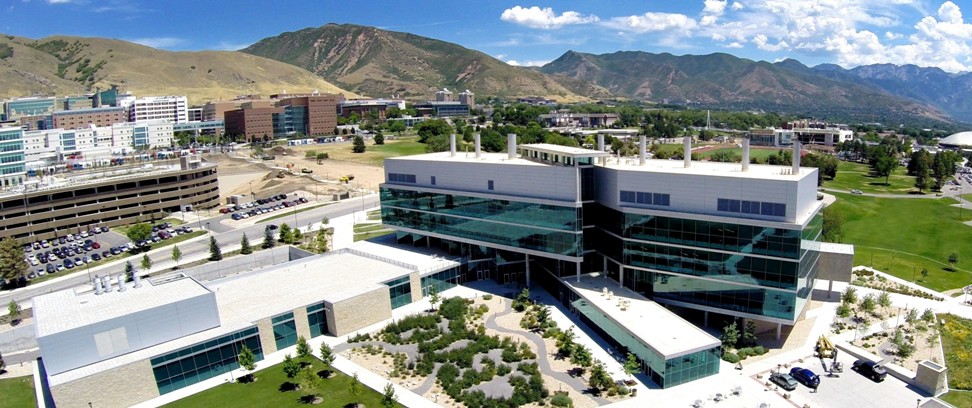
How Well Do You Know the Department?
Did you know the department of bioengineering is the 11th largest department of its type nationally and growing, according to ASEE? According to U.S. News & World Report, the department’s peers are private institutions like Harvard, Yale and Carnegie Mellon.
Did you know that department offers a unique, clinically immersive and industrially relevant training experience at the B.S., M.S. and Ph.D. levels or that the department, unlike many biomedical engineering programs, is located just walking distance from a medical campus that has a faculty of more than 1,000 physicians and researchers, four hospitals, 10 neighborhood health centers and 200 medical specialties?
Did you know that the department awarded 17 Ph.Ds. last year, placing us solidly among the top twenty BME departments, according to ASEE? We were tied with UC Berkeley and UC San Diego and ahead of Stanford and University of Washington with 16 Ph.D.s each and Rice and U Penn with 14 each. In addition, we graduate more than 50 B.S. and more than 15 M.S. degrees per year.
Did you know that the department has averaged $17.0 million per year in funding over the last five years, placing it 15th among all BME departments, according to ASEE? Perhaps most important, we have exceptional scholarships. The median Google Scholar h-index per tenure track faculty was 34 last year. That’s 7th among all BME departments, tied with John’s Hopkins, the No. 1-ranked department in the nation, according to U.S. News & World Report.
Did you know that according to the non-profit Graduate Programs Foundation survey of more than 50,000 students across the nation the Department of Biomedical Engineering ranked No. 2 in the nation among all biomedical engineering programs? For more on this survey see:
Student Survey
.
As one of the few departments in the nation that require both a research and a design project in order to graduate with a B.S. degree, there is no question we offer great value; a private school-caliber education at a state-school cost.
Our graduate placement is 49% in industry, 24% in academics, 19% in medicine and 9% strike out as entrepreneurs.
And yes, this year the State of Utah appropriated funds for two new tenure track lines to be filled by the next academic year.
“We have a lot to be proud of” said Department Chairman Patrick Tresco, “I moved here from Brown 23 years ago to a great department that just continues to amaze me.”
For a little bit more see Our
About page
.